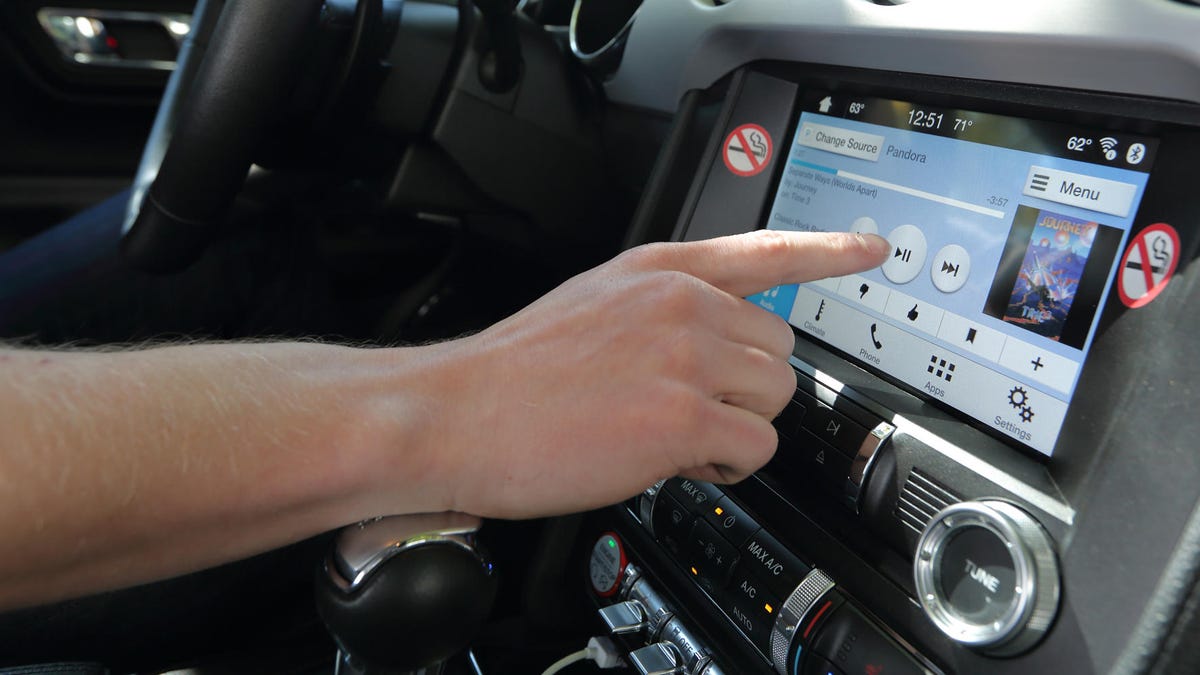New infotainment tech causes big distractions, AAA study finds
Just because it's new doesn't mean it's safer to use while driving.

New infotainment systems occasionally promise reduced distraction, but how well do they deliver on that promise? According to a new study from the AAA Foundation for Traffic Safety, not really.
The AAA Foundation for Traffic Safety commissioned the University of Utah to find out the visual and cognitive demands of infotainment systems. The study, available in PDF form, focused on three key points -- finding the most demanding task, assessing the demand required for different methods of input (e.g. voice commands, touchpads) and whether that demand varies between makes and models.
The study did not look at the mental demands of keeping up with a backseat driver, because they're all annoying and distracting.
Of 30 different vehicles tested, 23 of them created "high or very high" levels of demand for drivers across four different tests -- making a call, sending a text, tuning the radio and programming the navigation. The other seven created "moderate" levels of distraction, while no cars created what would be considered low demand.
When it came to different methods of interacting with the infotainment system, the study found all methods quite demanding. That said, using the screen and physical switchgear was the least demanding of the bunch, followed by voice commands, followed by writing pads and dials on the center console.
The study found navigation to be the most demanding task of the group, but texting was still quite demanding, too. All tasks kept drivers' brains occupied for long stretches of time, with actions like setting the nav system pulling eyes away from the road, too.
The AAA Foundation has recommendations for drivers to help mitigate some of this distraction. It suggests setting the navigation system before setting off, avoiding texting and using certain tech only when it's absolutely necessary.
The study used 120 licensed drivers between the ages of 21 and 36, as well as 30 different vehicles from the 2017 model year. Most drivers were tested in multiple vehicles. The study took place on residential roads with a 25-mph speed limit and light traffic. The car had investigators along for the ride, too. Demand was assessed using multiple methods, including NASA's Task Load Index, which rates perceived workload across a variety of tasks.

